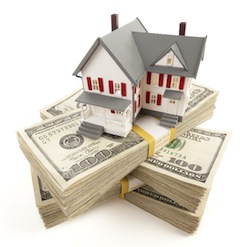Housing Market Update – November 2016
Blog, Buying, Community News, Dunham Stewart, Market Updates, Real Estate News, Selling | Dunham StewartAfter falling to the lowest level in 50 years, the U.S. homeownership rate bounced up slightly in the third quarter of this year. Corelogic reports that the amount of equity homeowners now have has doubled in the last five years sales.
For the full article & market report, click HERE!











